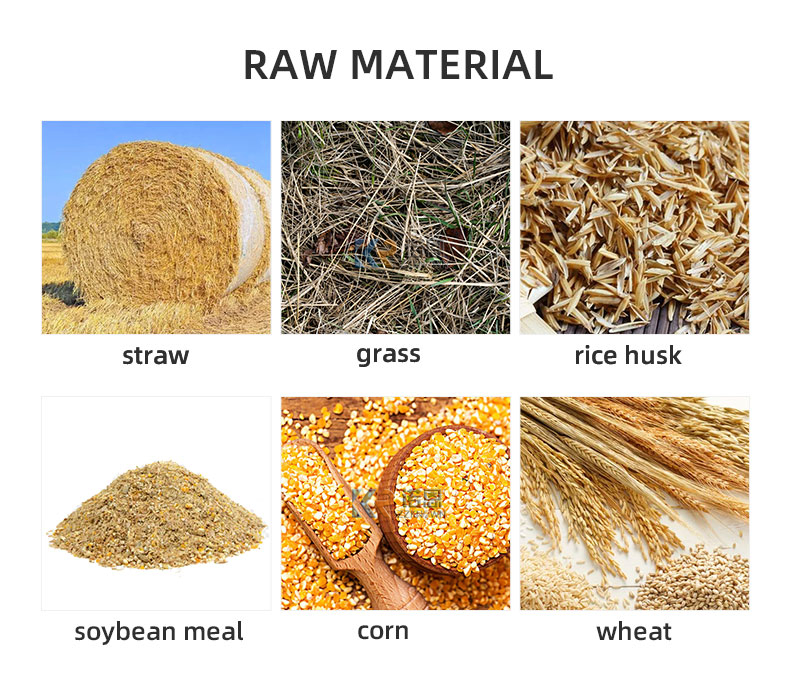Ethical Considerations in Broiler Chicken Cage Farming Practices
Sep . 24, 2024 06:23 Back to list
Ethical Considerations in Broiler Chicken Cage Farming Practices
The Significance of Broiler Chicken Cages in Poultry Farming
Broiler chickens are a vital source of protein for many people around the world, and as the demand for poultry meat continues to rise, the methods of poultry farming have become increasingly important. One such method that has attracted both interest and criticism is the use of cages for broiler chickens. In this article, we will delve into the significance of broiler chicken cages, weighing their advantages and disadvantages within the context of modern farming.
Cages have been a long-standing feature of poultry farming, primarily designed to maximize production efficiency and maintain the health of the chickens. For broiler farms, where the primary focus is on meat production, cages offer a controlled environment that can improve growth rates and feed conversion ratios. These structures allow farmers to manage the birds more effectively, ensuring that they receive adequate nutrition, water, and medical care. Additionally, the use of cages can significantly reduce the risk of disease transmission among flocks, which is crucial given the rapid growth rate of broilers.
Moreover, cages can help optimize space usage in large-scale operations. By housing broilers in a confined area, farmers can increase the number of chickens raised in a given space, leading to greater production volumes. This intensive farming method can be financially advantageous, allowing producers to meet the high consumer demand for chicken meat. From an economic standpoint, the benefits of cage farming suggest a win-win scenario for both farmers and consumers seeking affordable poultry products.
broiler chicken cages

However, the use of cages in broiler production has also faced substantial criticism. Animal welfare advocates argue that confinement in cages can lead to significant behavioral and psychological stress for the birds. Broiler chickens have a natural tendency to engage in social behaviors such as pecking and exploring their environment; however, when housed in cages, these instinctual behaviors are often restricted. Critics also highlight concerns about the living conditions within cages, including limited mobility and inadequate space, which can affect the overall well-being of the animals.
Furthermore, with the increasing emphasis on sustainable and humane farming practices, many consumers are advocating for alternative systems that prioritize animal welfare. Free-range and pasture-raised systems are gaining popularity as they allow chickens more freedom to roam and exhibit natural behaviors. This shift reflects a broader trend in agriculture toward more ethical methods of production that align with consumer values.
To address these concerns, many poultry producers are exploring ways to improve cage systems and implement more humane practices. Innovations in cage design aim to enhance the living conditions for broiler chickens while maintaining the benefits of increased production efficiency. Enriched cages that provide more space, perches, and nesting areas are being developed to give birds a more stimulating environment.
In conclusion, broiler chicken cages represent a complex intersection of efficiency, economics, and animal welfare in poultry farming. While they offer numerous benefits for producers in terms of productivity and disease management, the ethical implications of their use cannot be ignored. As the industry evolves, finding a balance between high production rates and animal welfare will be essential to meet both the demands of consumers and the responsibilities of humane farming practices. The future of broiler chicken farming will likely hinge on innovations that respect animal welfare while ensuring economic viability.
-
Automatic Feeding Line System-Pan Feeder Nipple Drinker|Anping County Yize Metal Products Co., Ltd.
NewsJul.29,2025
-
Hot Sale 24 & 18 Door Rabbit Cages - Premium Breeding Solutions
NewsJul.25,2025
-
Automatic Feeding Line System Pan Feeder Nipple Drinker - Anping County Yize Metal Products Co., Ltd.
NewsJul.21,2025
-
Automatic Feeding Line System Pan Feeder Nipple Drinker - Anping County Yize Metal Products Co., Ltd.
NewsJul.21,2025
-
Automatic Feeding Line System - Anping Yize | Precision & Nipple
NewsJul.21,2025
-
Automatic Feeding Line System - Anping Yize | Precision & Nipple
NewsJul.21,2025






